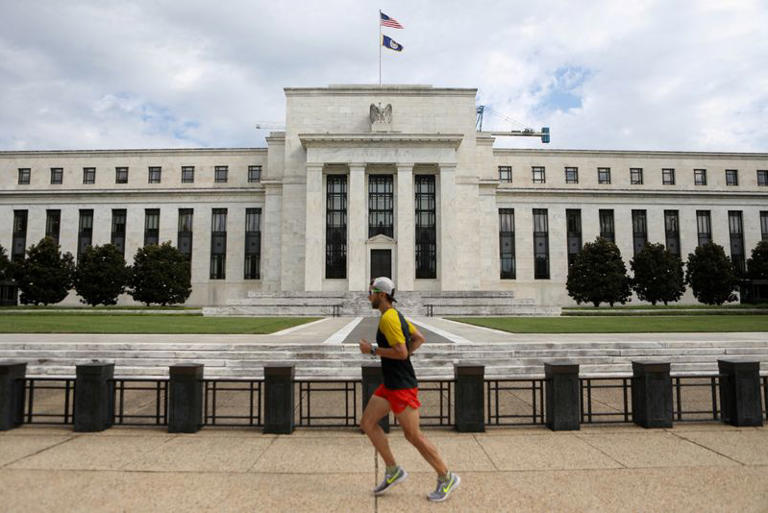The Federal Reserve is expected to maintain its current interest rates at the upcoming two-day policy meeting this week, while potentially signaling readiness for interest rate cuts as early as September. This comes in light of recent inflation data indicating a closer approach to the Fed’s 2% target.
Policymakers have been cautious about committing to the timing of a rate cut but have shown optimism due to recent data showing a broad easing in price pressures. Notably, the Fed’s preferred personal consumption expenditures (PCE) price index, which had been rising at rates as high as 7.1% annually in 2022, increased by just 2.5% in June following a 2.6% rise in May. Since March, the annualized month-to-month changes in the PCE price index have been at 1.5%, which is below the Fed’s target. A core measure, excluding volatile food and energy prices, has been trending at 2.3% over the same period.
Given these trends, Fed officials may adjust their policy statement to reflect a more optimistic outlook on inflation. This could include altering their description of inflation from “elevated” to “moderately elevated” or another term that acknowledges the progress made towards their target.
Former St. Louis Fed President Jim Bullard suggested that the Fed is nearing its inflation target, indicating that even a slight change in the statement would signal to the markets that the disinflationary trends are real and expected to continue. The Fed has maintained its benchmark interest rate within the 5.25%-to-5.50% range since last July, marking a prolonged period of tight monetary policy aimed at slowing the economy and curbing inflation.
Despite concerns that strict financial conditions could lead to a recession, the current economic indicators show a balanced scenario. Inflation has decreased, and although the unemployment rate has slightly increased, it remains around 4.1%, which many Fed officials consider full employment.
However, there are signs of economic softness, such as disappointing home sales and rising loan delinquencies. Yet, the overall economic growth was stronger than anticipated, with a 2.8% annualized growth rate in the second quarter, surpassing the Fed’s estimation of the economy’s potential growth rate of 1.8%.
Nathan Sheets, global chief economist at Citi, noted that the encouraging inflation data and a slowing economy suggest the Fed might signal a rate cut in July and implement it in September. This anticipated move aligns with market expectations, which foresee at least a quarter-percentage-point cut in the September meeting, marking the start of a reversal from the most rapid series of rate hikes in four decades.
Political considerations also come into play, particularly given the context of the U.S. presidential race. While inflation might not be the central issue in an election involving significant events like an assassination attempt on former President Donald Trump and the withdrawal of President Joe Biden, Republican lawmakers have cautioned Fed Chair Jerome Powell against any moves that could be perceived as politically motivated.
Despite political tensions, Fed officials, including some of the more hawkish members, recognize that inflation is easing and the labor market is stable. Fed Governor Christopher Waller has indicated that the conditions are nearing the point where rate cuts would be justified.
Ultimately, how voters perceive economic data, including inflation trends and unemployment rates, could influence their political preferences in the upcoming election. Fed rate cuts, if implemented, could quickly impact borrowing costs for mortgages, credit cards, and various financial products, potentially swaying public opinion based on the resulting economic environment.
